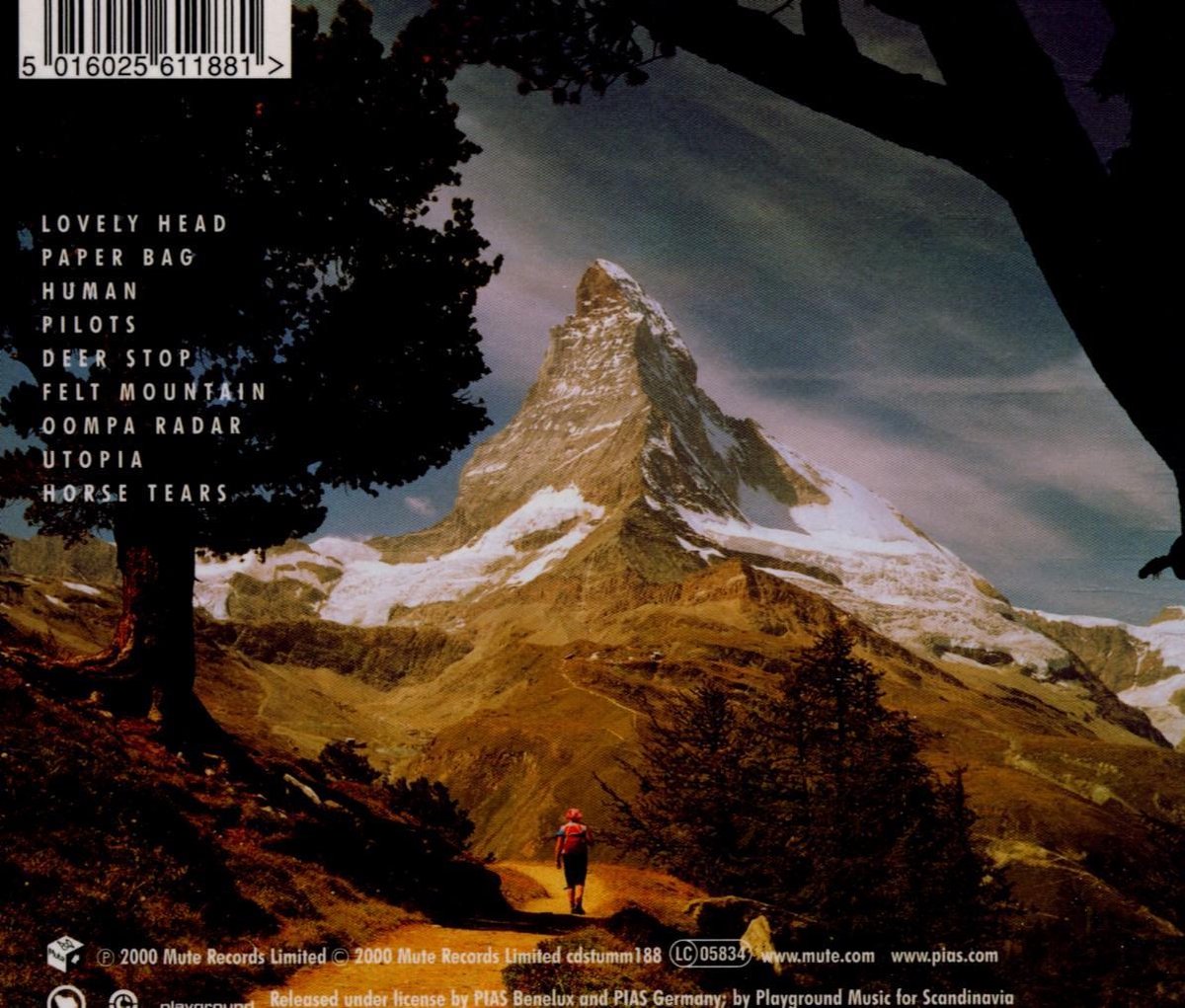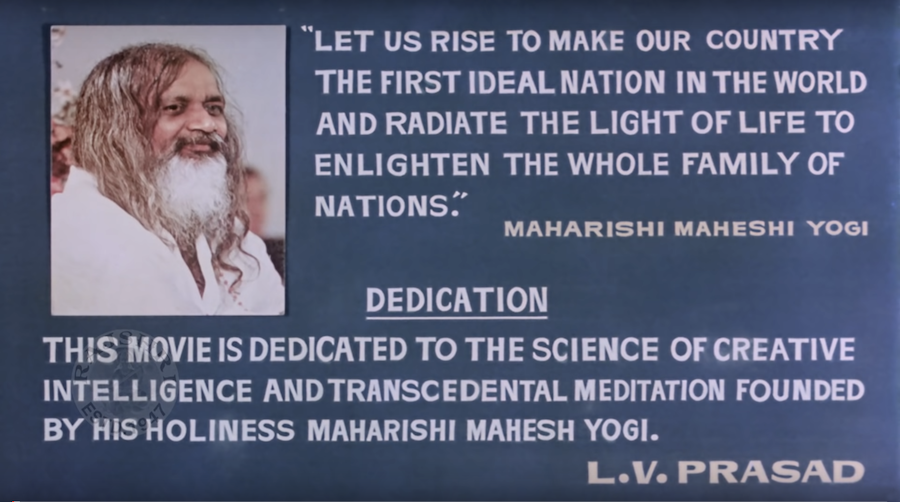Bigre. Un vent d’Est semble s’emparer du rap francophone. De “l’enfer” de Stromae, à “l’odeur de l’essence” d’Orelsan en passant par “Blood Diamondz” de Sniper & Sexion d’Assaut, le son puissant des polyphonies slaves se glissent dans nombre de productions actuelles. Elles y apportent leur harmonie singulière, qui recourt abondamment à l’intervalle de seconde majeure, longtemps proscrit dans les compositions occidentales pour sa dissonance (tout comme le triton, “Diabolus in musica”).
Il est ici intéressant de jeter un œil à l’étymologie du mot “bulgare”, qu’on retrouve dans “bougre” ou “vulgaire”, et qui était utilisé dans l’occident pour dénigrer ces peuples de l’Est, considérés comme hérétiques. L’origine exacte de ce mot est incertaine, mais proviendrait peut-être de l’ancien turc “bŭlgar” : “agité, énergique, dérangeant”, terme qui aurait servi pour qualifier ces troupes de cavaliers nomades arrivées d’Asie centrale. Bref, les chants bulgares ne sont pas là pour notre sérénité, mais pour se propager à travers champs, le timbre saturé et toute voix dehors. Leur force frondeuse et leur harmonie alarmante ont peut-être aussi contribué, à leur manière, à ce statut de peuple impie.


